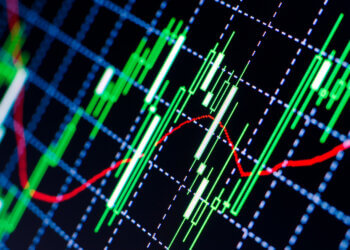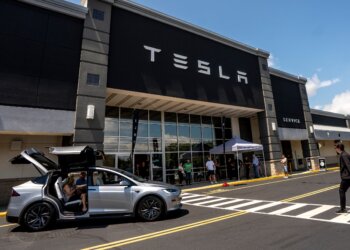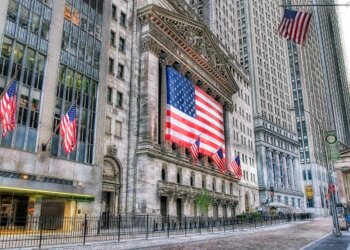The S&P 500 recovered its 2025 losses through an 18.1% increase from its April 8 bottom point because of the US-China 90-day tariff truce which reduced tariffs to 30% and 10% and the US-UK agreement. Goldman Sachs’ Peter Oppenheimer explains in his note “What to do after the rally” that bear markets exist in three forms: structural, cyclical and event-driven. The April 2 tariff announcements from Trump caused an event-driven market decline which at first seemed likely to trigger a cyclical economic recession. The market sentiment changed after Monday’s truce because investors began to eliminate recession possibilities from their forecasts. Oppenheimer believes the market rally indicates a short-term market correction which will not produce significant long-term damage. The economic data shows a 0.3% Q1 US contraction together with consumer caution at 60% delay purchases which indicates potential slowdown risks. The inflation rate is expected to increase to 2.3% in April because of tariff-driven price increases. Goldman Sachs recommends investors to distribute their assets between defensive and growth stocks because S&P 500 firms have seen their earnings forecasts reduced by half. The market’s recovery to near 4.1% of its February peak depends on maintaining stable trade relations but market volatility continues because of active negotiations and economic challenges.










